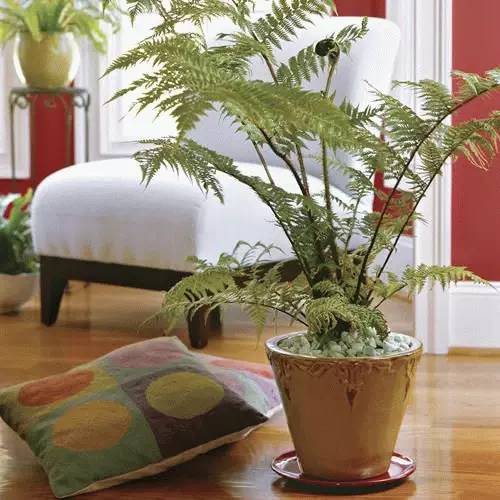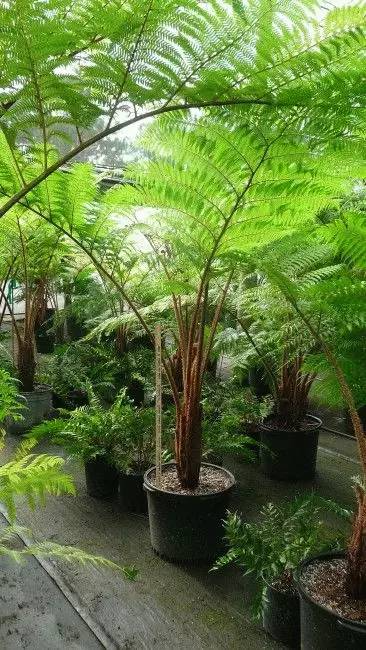Alsophila spinulosa【Applied Plant Illustrations NO.054】
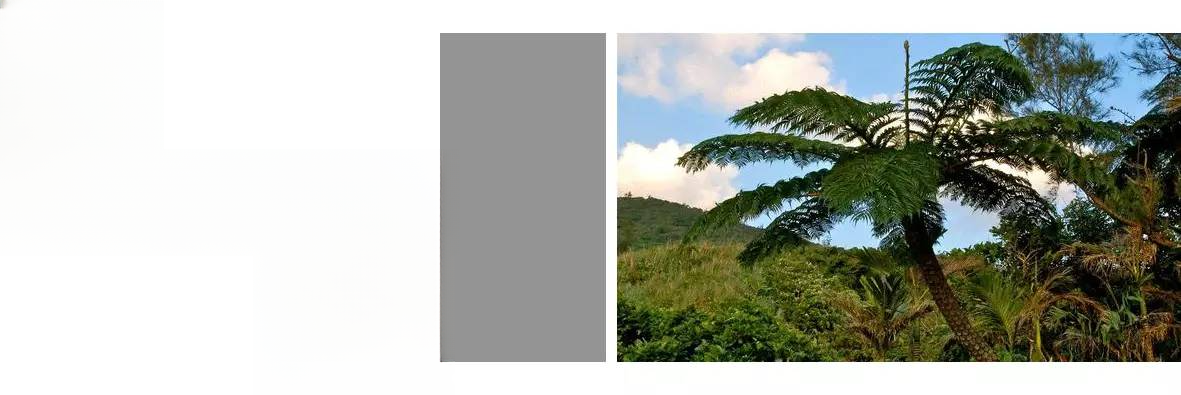
Cyatheaceae is a family under the phylum Pteridophyta. It is one of the most common ferns and the only tree-shaped plant among ferns (one of the very few woody plants). It is known as the "king of ferns" and is also called "tree fern".
Alsophila spinulosa is a Mesozoic relict plant (living fossil). The whole family has 2 genera and about 500 species. It is widely distributed throughout the world, with Malaysia as the center. It is not distributed in Africa and Madagascar.
Exclusive tip: The classification and naming of Alsophila are rather confusing. Both the new genus name ( Alsophila ) and the old genus name ( Cyathea ) can be used. The old genus name Cyathea is often used abroad , especially in some European and American countries.
1. Alsophila spinulosa (Wall. ex Hook.) RM or Cyathea spinulosa
In terms of Latin names, Cyathea is an old name and also a common name in Europe and the United States. Alsophila is a new name. Use Alsophila. Cyathea is mostly used abroad, and Alsophila can also be used. Friends who have overseas projects need to pay attention to this.
In taxonomy, Alsophila spinulosa is classified into the subgenus Alsophila.
Alsophila spinulosa is widely distributed in tropical and subtropical regions, and is found in most southern cities, including Fujian, Sichuan, Guizhou, Yunnan, Taiwan and other provinces and cities, as well as Japan, Vietnam, Cambodia, Thailand, Japan, India and other countries.
Alsophila spinulosa is a rare woody plant among ferns, with a stem up to 6 meters or more, with remnant petioles on the upper part and densely interwoven adventitious roots below. Leaves are arranged spirally at the top of the stem; the stem segment end, fist-curled leaves and the base of the petiole are densely covered with scales and chaff-like scales, the scales are dark brown, shiny, narrowly lanceolate, with brown-brown bristle-like tips, and narrow, light-colored, serrated thin edges on both sides; the leaves are large, oblong, and deeply pinnate-shaped three times; there are 17-20 pairs of pinnae, alternate, one pair at the base is shortened, and there are 18-20 pairs of pinnules, and the pinnules at the base are slightly shortened and lanceolate.
Plants of the genus Alsophila are highly recognizable, but identification between species requires relatively caution.
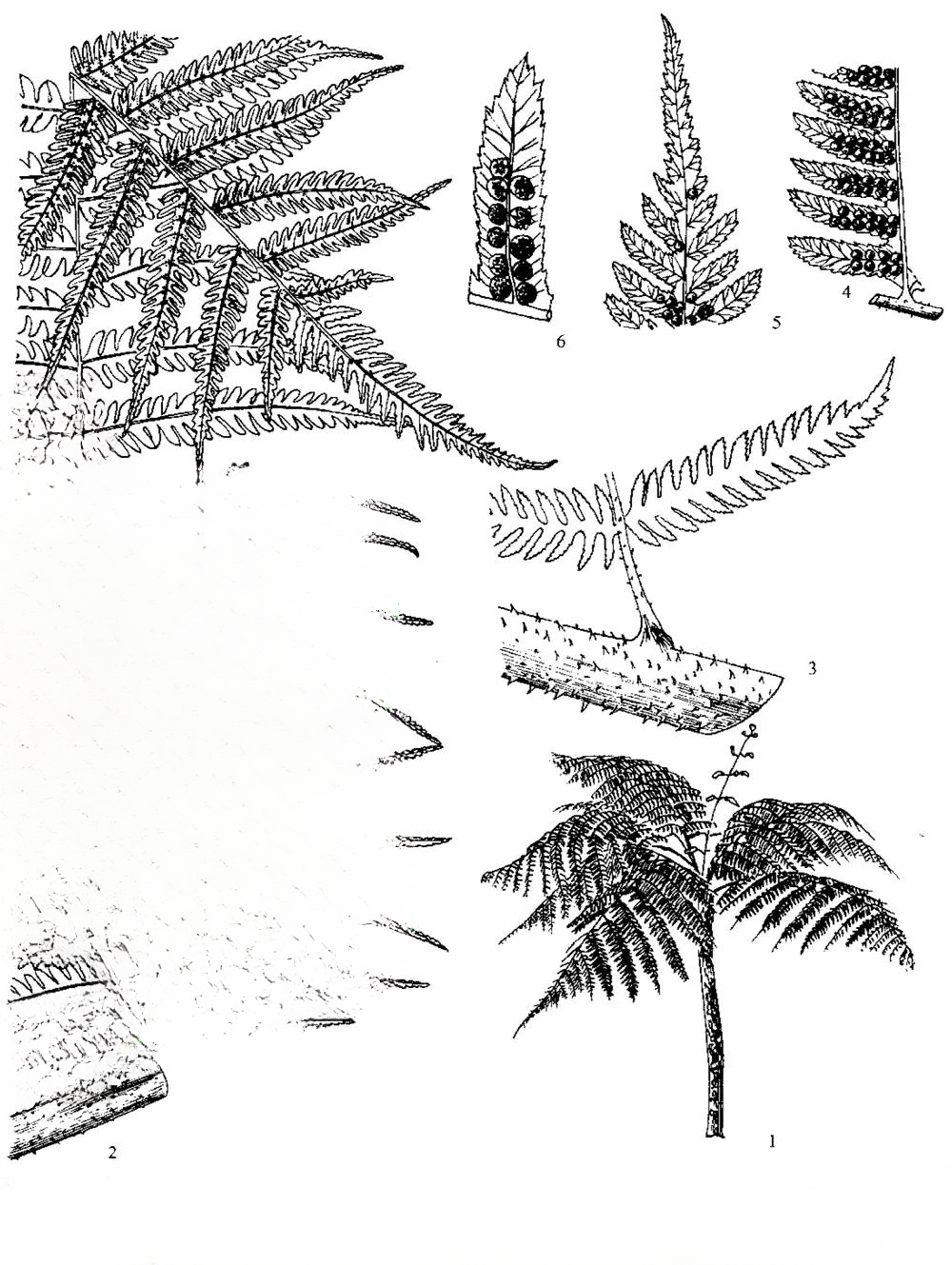
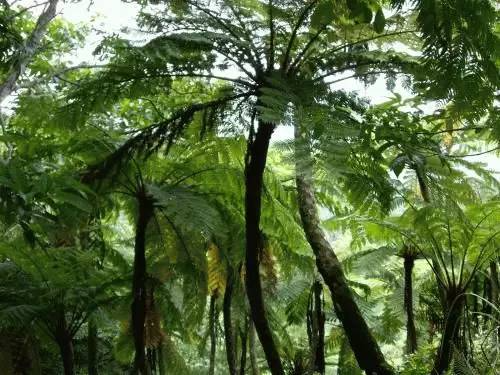
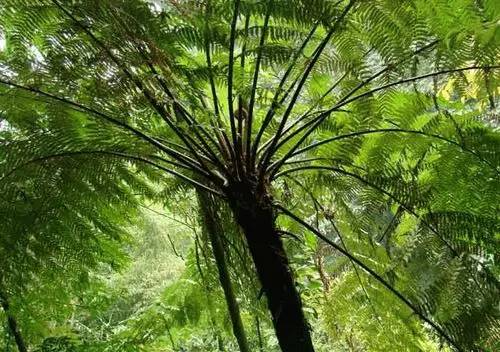
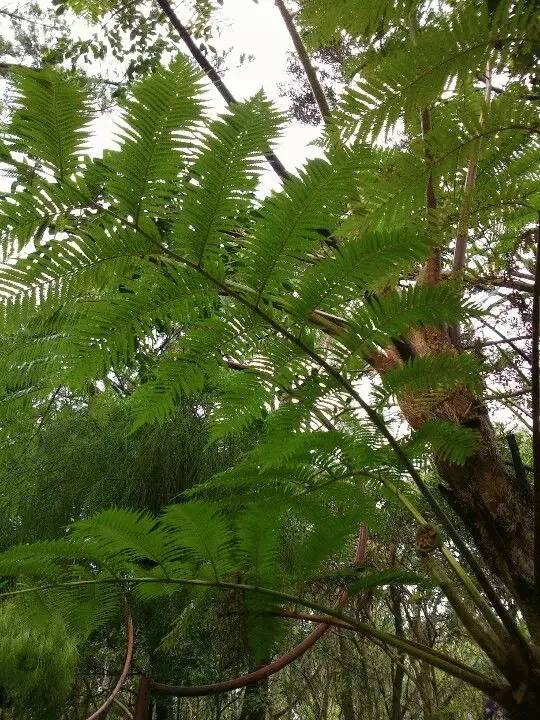
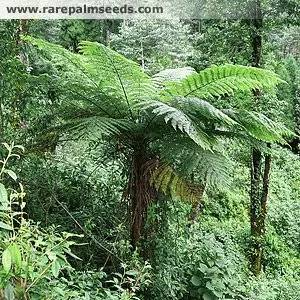
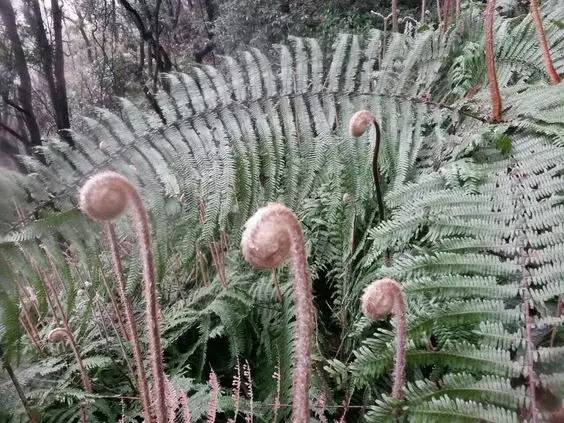
Alsophila spinulosa is suitable for growing in warm and humid climate environments, cannot adapt to cold or dry environments, and is suitable for cultivation in southern cities with sufficient precipitation.
2. Application in Landscape
Alsophila spinulosa is relatively widely used in garden landscapes. It is often used as the main landscape tree or forest belt in some specific styles of landscapes. It can usually be seen in botanical gardens or places of origin.
Alsophila spinulosa has very strict requirements on environmental conditions. In its place of origin, it generally grows near streams in mountains or in woods. It is a shade-tolerant plant, but can also grow in the sun. It prefers a warm and humid climate and has high requirements for soil moisture. It is not suitable for planting in arid cities or cities with large temperature differences.
Primary forest
Note: Not all of the following pictures are of Cyathea spinulosa, but of plants of the Alsophila family.
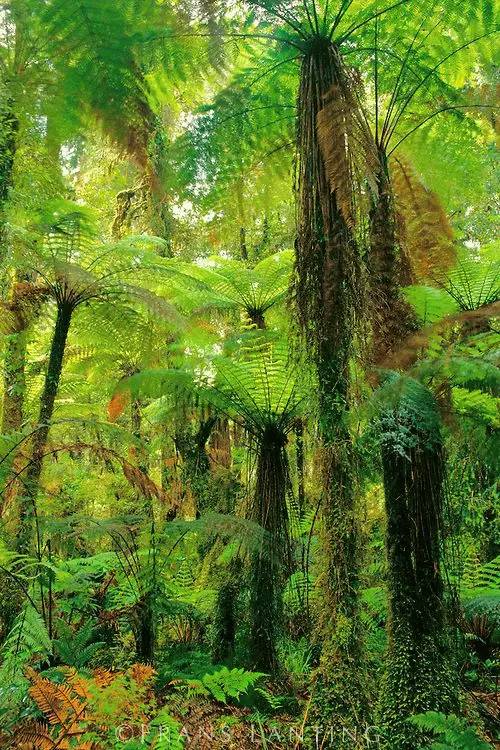
The native forests of Alsophila spinulosa are gradually decreasing due to changes in climatic conditions and human activities. Alsophila spinulosa is now listed as a national first-class protected plant and an endangered plant.
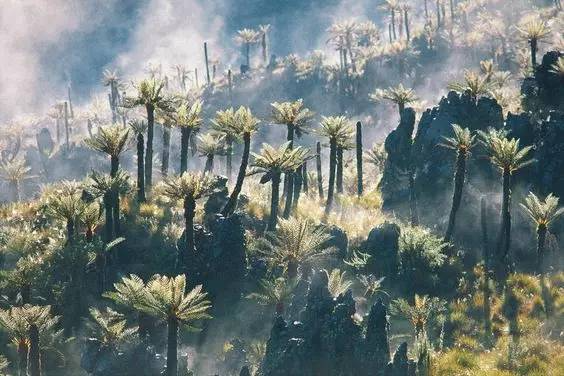
▲This species is a pen holder tree under the genus Alsophila

Main tree

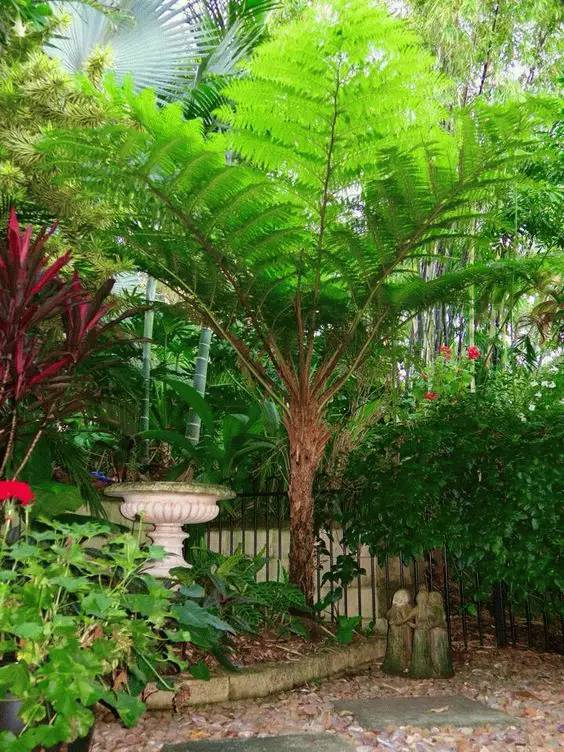


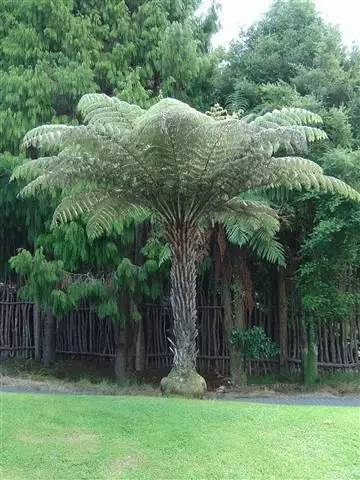
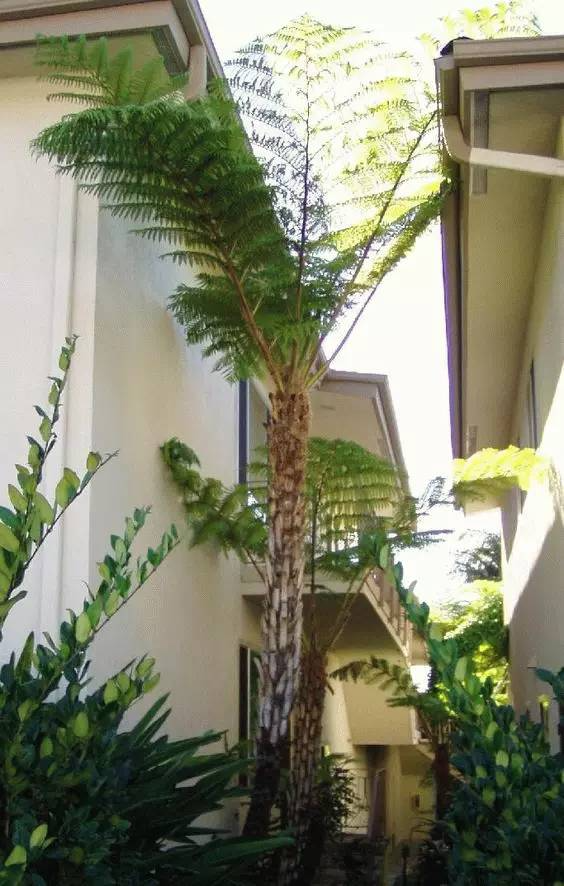
Shrub layer
Alsophila spinulosa grows slowly, and some species or young plants can be used in the shrub layer.
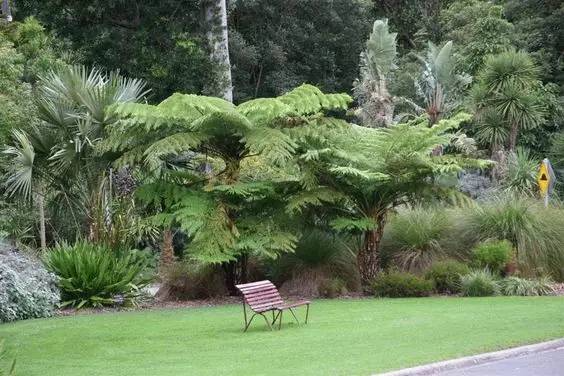
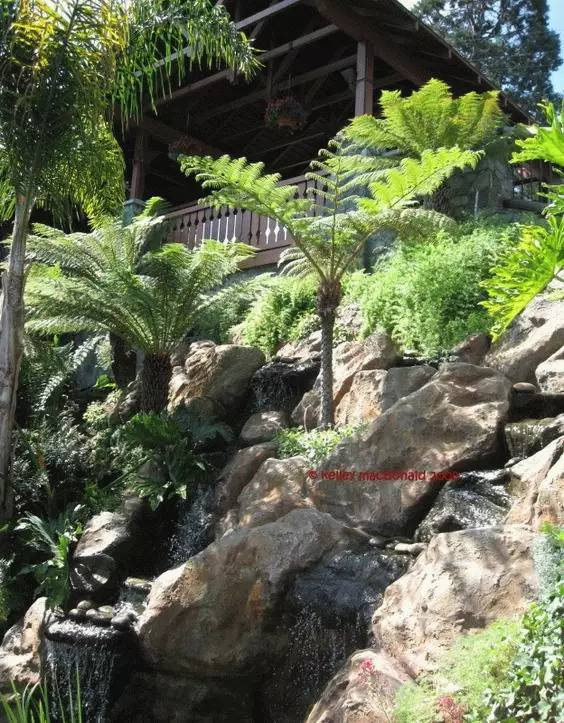
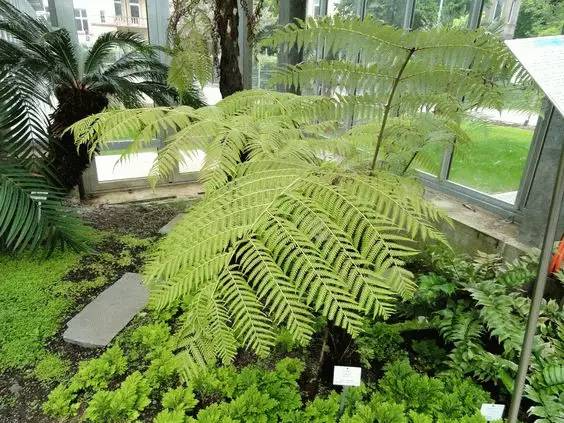
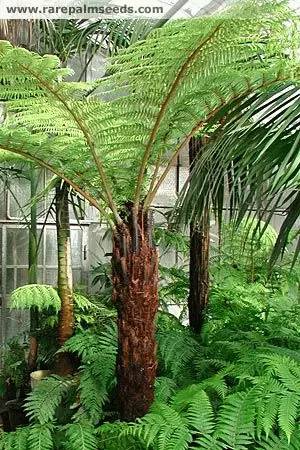
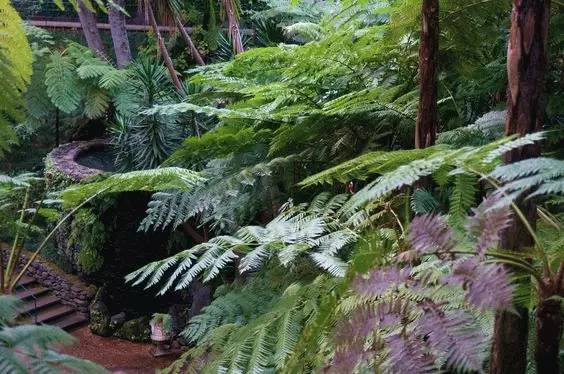
Potted Plants
Alsophila spinulosa can also be grown in potted plants, but it cannot grow into tall "trees".
